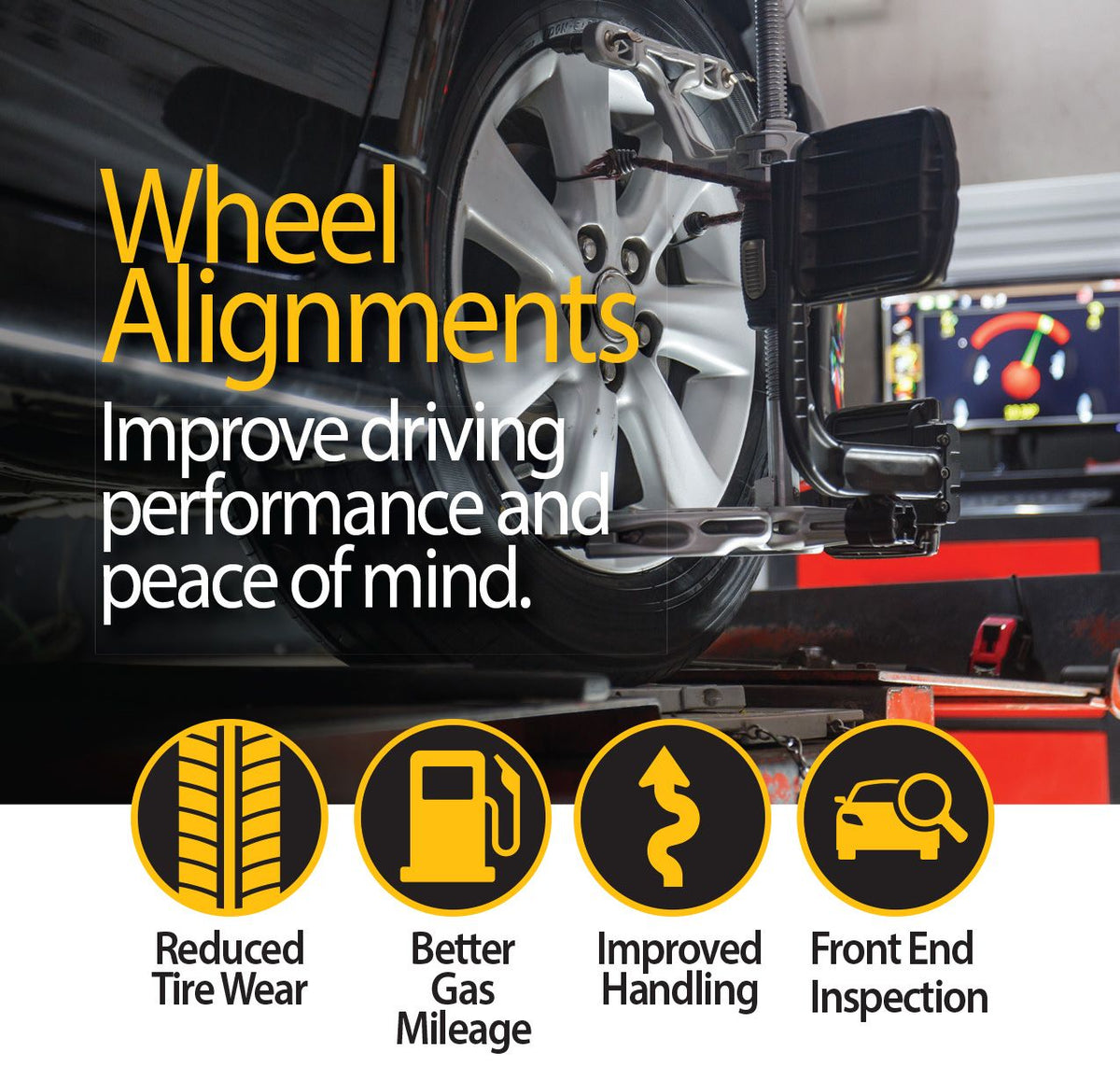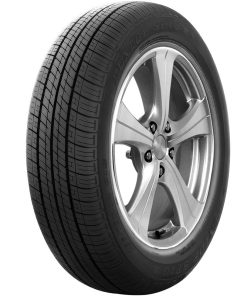3D Laser Wheel Alignment For Small Passenger Vehicle No Cams
$ 79,00 $ 39,50
To ensure you get maximum life out of your tyres we recommend that you have a wheel alignment carried out on your vehicle every 6 months or 10000km’s which ever comes first.
WHAT IS A WHEEL ALIGNMENT?
Alignment refers to an adjustment of a vehicle’s suspension – the system that connects a vehicle to its wheels. It is not an adjustment of the tyres or wheels themselves. The key to proper alignment is adjusting the angles of the tyres which affects how they make contact with the road.
HOW DO I KNOW IF I NEED A WHEEL ALIGNMENT?
There are a couple ways to tell if your car needs a wheel alignment. If you’ve noticed one or more of these indicators, you should have your alignment checked by a qualified technician immediately.
- Uneven tread wear
- Vehicle pulling to the left or right
- Your steering wheel is off center when driving straight
- Steering wheel vibration
CAMBER, TOE, & CASTER
When a technician checks your tire alignment, he or she is mainly concerned with three things:
1. CAMBER
This is the inward or outward angle of the tyre when viewed from the front of the vehicle. Too much inward or outward tilt, also known as negative and positive camber, respectively, indicates improper alignment and will need to be adjusted. Worn bearings, ball joints, and other wheel-suspension parts may contribute to camber misalignment.
2. TOE
Distinct from camber alignment, toe alignment is the extent to which your tires turn inward or outward when viewed from above. If that’s confusing, just stand up and look down at your feet. Angle them inward toward the center of your body. When the tyres on your car are angled the same way (remember, we’re thinking in terms of birds-eye-view), we call this toe-in alignment. Angle your feet outward and you have toe-out alignment. Both require adjustment.
3. CASTER
Your caster angle helps balance steering, stability, and cornering. Specifically, it’s the angle of your steering axis when viewed from the side of your vehicle. If you have positive caster, the steering axis will tilt toward the driver. Negative caster, on the other hand, means the steering axis tilts toward the front of your vehicle.
WHY WHEEL ALIGNMENT MATTERS
Improper wheel or tyre alignment can cause your tyres to wear unevenly and prematurely.
Here are some specific types of undue tread wear attributable to misalignment:
FEATHERING
Tyres are “feathered” when the tread is smooth on one side and sharp on another. This is usually a sign of poor toe alignment.
CAMBER WEAR
This strain of tread wear means the inside or outside of the tread is significantly more worn than the center of the tread. As its name implies, positive or negative camber causes this type of wear.
HEEL/TOE WEAR
This happens when one side of your tread blocks wears down more quickly than the other in a circumferential direction. When you run your hand over the tread, it will look and feel like saw teeth when viewed from the side. Heel/toe wear could be a sign of under inflation and/or lack of rotation.
If you’re experiencing any of these unusual wear patterns, you should have a technician check your wheel alignment. While tyre wear prevention is a good reason to keep your wheel alignment in check, the consequences of misalignment can also play out in overall vehicle performance. A car that pulls to one side or steers erratically, for example, probably has an alignment problem.
| Default | Default |
|---|
Quick Shipping and Professional Packaging
We have a range of shipping options thanks to our long-term partnership with UPS FedEx DHL. Our warehouse personnel are highly skilled and will pack your items according to our precise and precise specifications. The goods you send us are checked thoroughly and securely secured prior to shipment. We deliver to thousands of customers every day across various countries. This is a sign of our commitment to be the largest online retailer worldwide. The warehouses and centers of distribution are situated in Europe, as well as the USA.
Note: Orders with more than one product are assigned a specific processing time depending on the specific item.
Prior to shipment the items, our staff will carry out a thorough inspection on the products you ordered. The majority of orders are shipped within 48 hours. The delivery time is estimated to be between 3 and 7 days.
Returns
The stock is constantly changing and not fully managed by us due to the involvement of many different parties, such as the factory and our warehouse. Therefore, the actual inventory could fluctuate at any moment. It's possible that you may not receive your order once it has been placed.
Our policy is valid for 30 days. If the 30 days have elapsed from the date you purchased the item, we cannot offer you a return or exchange.
Your item should be in the original packaging and in good condition. It must also not be used. The item must be returned in its original packaging.



































